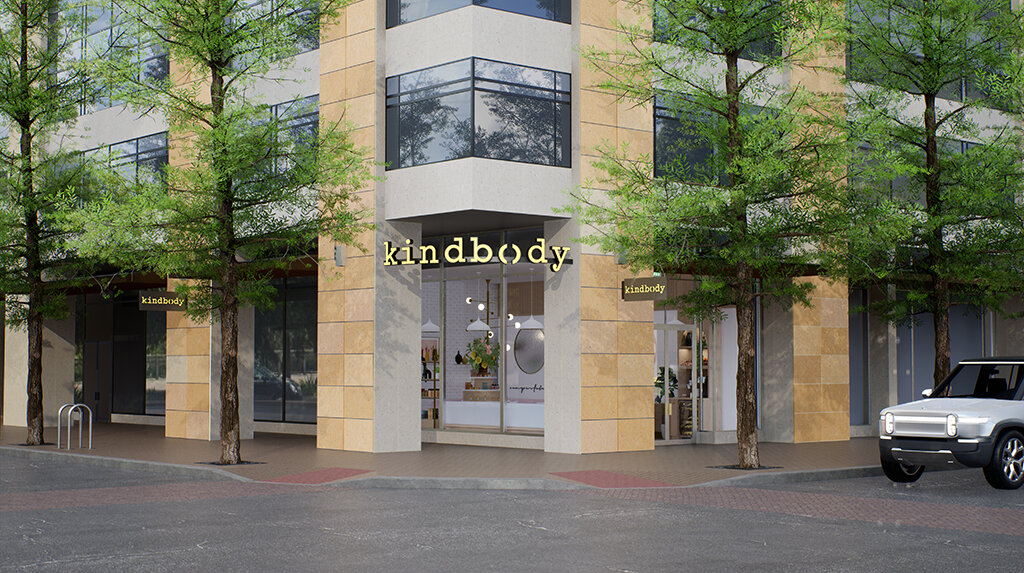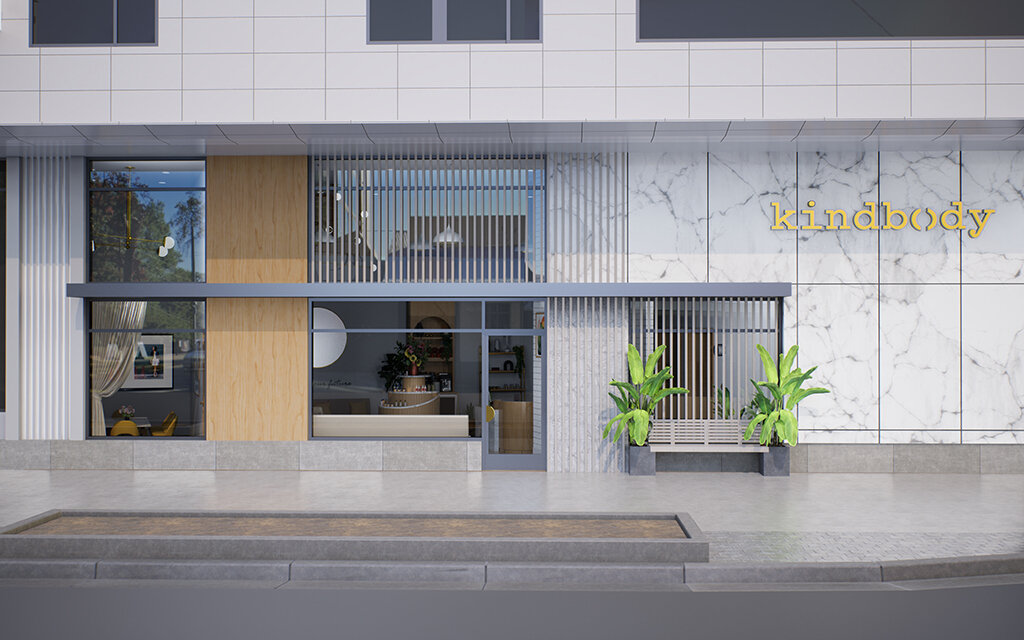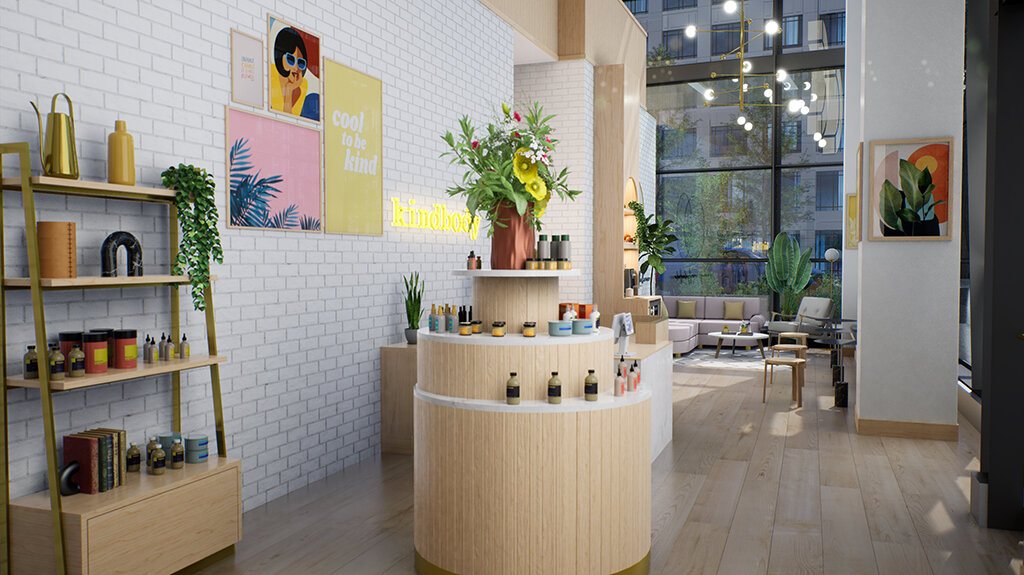Virtual Reality (VR) was once the stuff of science fiction and as Trekkies, we have been all about it from the first time we saw a Holodeck simulation. First introduced as stereoscopic 3D during the 1850s, Parisians used the innovation to view three-dimensional (3D) images that were created under the illusion of depth. As the decades passed, VR entertainment has clearly become more sophisticated.
The kind of VR dreamed up in science fiction adventure films like Tron has become a possibility with VR headsets and the advent of smartphone accessories like Google Cardboard and powerful PC-driven headsets like the Oculus Rift and HTC Vive. Apart from being a platform for entertainment, however, architects have also benefited tremendously from this by incorporating virtual reality in architecture.
Upgrading Outdated Visualization Models
VR has a revolutionary ability to draw designers and clients into a visceral world of feeling, dimension, and scale. It’s a familiar scenario, after all: a customer enters a building for the first time and the space doesn’t match up to their expectations. Regardless of how beautiful a static image is, there are limits to how well a traditional 2D design can convey the nuances of a space.
Being inside a virtual building, on the other hand, is both practical and exhilarating — clients have the option to look in all directions, walk, climb stairs, add notes and drawings, as well as envision the amount of sunlight that will land into a space. With VR, architects can break free of outdated visualization methods and carry out projects accurately based on a client’s specifications.



A Newfound Awareness for Space – Benefits of VR in Architecture
By using virtual reality technology, architects and designers can develop a new spatial awareness that isn’t possible through 2D floorplans, elevations, and renderings. Real-time feedback and embracing a first-person perspective, after all, speed up the creation process significantly. In fact, using virtual reality in architecture projects comes with the following benefits:
- A customized experience – Users have the power to engage with the immersive environment. Walking through the space and changing finishings on the spot can help people create the perfect setting for their space.
- Real-world simulations – VR experiences give people the opportunity to explore all elements of a building, including fire escape routes and light distribution. That way, users can receive accurate feedback pre-construction.
- A straightforward feedback process – Placing users into detailed representations of buildings can help minimize rounds of revisions. Since users can see what they like and dislike about a project, it can speed up the approval process.
Transcend the boundaries of real estate marketing with 3D rendering, architectural animation, and VR services for architectural spaces from SPACIALISTS. Contact us for help in driving sales in your property and interest for your space.

